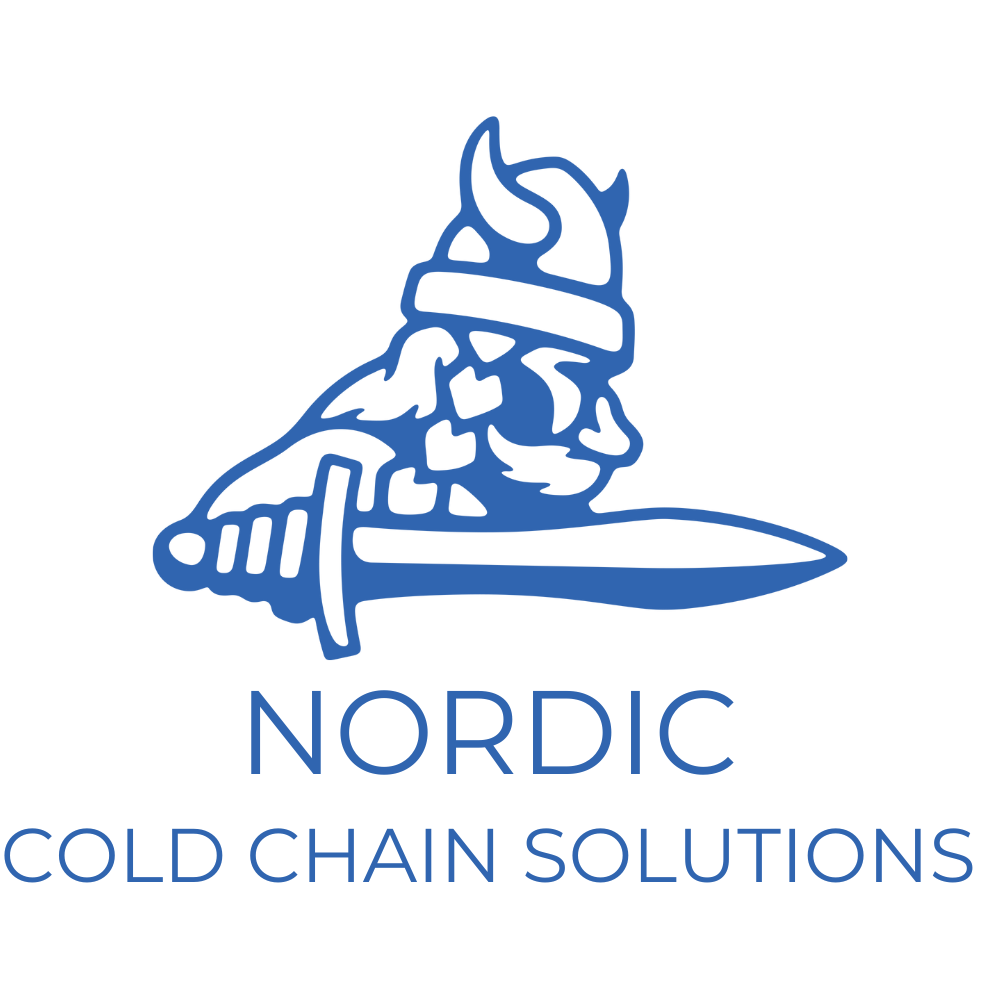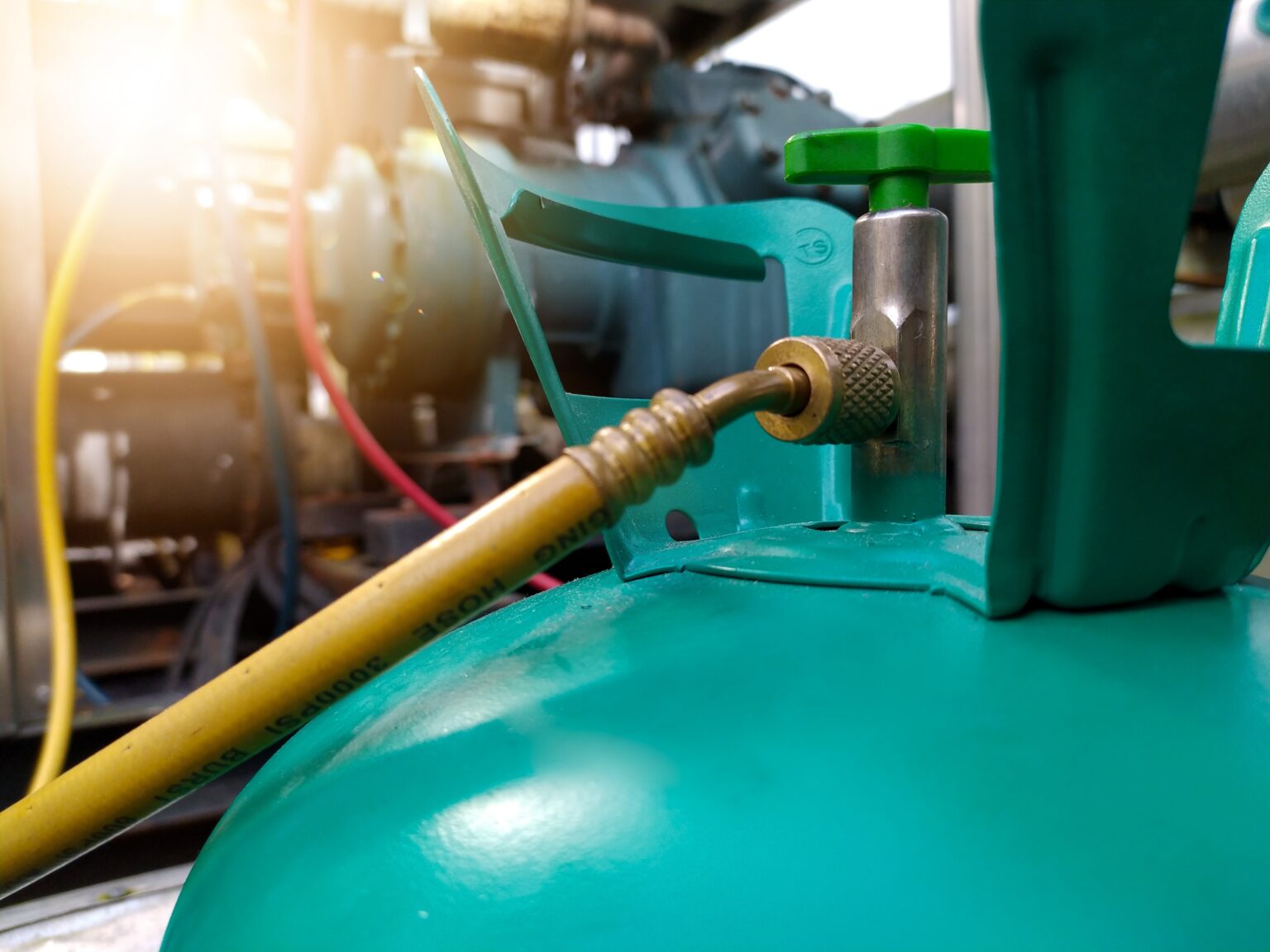Cold chain is a necessity for businesses that process and store perishable items, such as food and medical products. Refrigerants are an important part of the cold chain system since they are responsible for providing cooling to the environment inside refrigerated spaces. But not all refrigerants work equally well or generate the same effects; each one has different properties that could potentially make it more suitable for certain applications than others. In this post, we will explore the pros and cons of some of the most commonly used refrigerants.
Refrigerants Used in Cold Chain
Refrigerants are chemical compounds used to transfer heat from one area to another. In the cold chain, they play an important role in regulating temperature and ensuring food is kept safe and fresh. The three common refrigerants used in cold chain applications are R-22, HFCs, and HFOs.

Why R-22 is Getting Phased Out
The use of R-22 refrigerants, also known as chlorodifluoromethane (HCFC-22) and Freon 22, is being phased out due to the adverse environmental impact it causes. This is due to its ozone-depleting characteristics and high global warming potential.
In 1987, the Montreal Protocol was established by United Nations Environment Programme signatories in response to an observed depletion of the Earth’s ozone layer. The agreement called for a gradual decrease in emissions of HCFCs such as R-22 into the atmosphere. As part of this effort, most developed countries agreed to ban or phase out the production or import of HCFCs by 2020–2030.
Because HCFC production has been declining for some time now, manufacturers have started phasing out equipment that requires the usage of these compounds, including air conditioners operating with R-22 refrigerants specifically. While it is still possible to buy R-22 at present, many consider it increasingly expensive and difficult because suppliers are reducing their stocks all year round until they can no longer be found on store shelves to comply with current regulations and standards concerning ozone-depleting substances (ODS).
Pros and Cons: HFCs
Hydrofluorocarbons (HFCs) are compounds that contain hydrogen, fluorine, and carbon atoms. They have been widely used as refrigerants and aerosol propellants due to their ability to cool more efficiently than other chemicals with similar properties.
Pros of HCFCs:
- Low Global Warming Potential: Unlike many other refrigerants, HFCs do not contain ozone-depleting substances or lead to the accumulation of greenhouse gasses in the atmosphere. This helps minimize their contribution to global warming when compared with chlorofluorocarbons (CFCs) and hydrochlorofluorocarbons (HFCs).
- Non-toxic Nature: HFCs are generally recognized as non-toxic, making them less hazardous for use in cooling systems as opposed to CFCs or HFCs, which can be very dangerous if leaked into the environment.
- High-Efficiency Cooling Capacity: As mentioned above, HFC molecules typically have higher efficiency ratings than CFCs or HFCs molecules when it comes to cooling capacity; this means they can provide better temperature control while using less energy overall than other alternatives on the market today.
Cons of HFCs:
- High-Cost Efficacy Ratio: While they’re more efficient at cooling than alternative compounds, they usually incur significantly higher costs per tonne of cooled air produced – meaning you will likely end up spending more on your electricity bill if you switch over from alternative compounds such as CFCs or HFCs.
- Negative Impact on Environment: Although it has a lower GWP rating (global warming potential), its production is still associated with significant amounts of nitrous oxide emissions – one of the main contributors to climate change. Additionally, although it repairs itself faster due to its shorter life span, this also leads to frequent releases into the atmosphere every time a new batch is produced.
Pros and Cons: HFO

HFO (Hydrofluoroolefins) are a group of chemicals used as refrigerants and aerosol propellants. In the last few years, they have become increasingly popular due to their lack of contribution to ozone depletion and low global warming potentials compared to other commonly used substances like chlorofluorocarbons (CFCs). Here is a look at the pros and cons of HFO:
Pros:
- Low Global warming potential – According to estimates, HFOs have outperformed CFCs in terms of ozone depletion by nearly 98%. This makes them a much more eco-friendly option for use as refrigerants or aerosol propellants.
- Non-toxic – HFO compounds are considered non-toxic which means they can be safely handled without any health risks. They also don’t pose any environmental risk when released into nature through products like air conditioners or refrigerators.
- Cost-effective – Since HFO does not require expensive equipment for installation, it is much more cost-effective than older technologies like CFCs which need specialized handling from qualified technicians. Furthermore, its global warming potential makes it eligible for tax credits in some countries making it, even more, cost-efficient in certain markets.
Cons:
- Not suitable for indoor use – Despite being generally non-toxic, some compounds, such as pentafluoroethane, can release small amounts of formic acid when exposed to ultraviolet light over long periods leading to skin irritation if inhaled directly by humans living nearby or touching it with bare skin frequently enough. For this reason, these types are not suitable for indoor use, where people may come into contact with them daily.
- Potential toxicity when improperly disposed of – If an HFO-containing material finds its way into water sources either through leakage while stored or improper disposal during transport, then its breakdown products, such as pentafluoroethane, could harm aquatic life species that live there due to its bioaccumulative properties in water bodies over time if left unchecked resulting in toxicity levels that exceed safety thresholds established by several governments worldwide.
Final Thoughts

Technology in cold chain management is advancing rapidly, making the industry more efficient and effective than ever. Refrigerants are a key factor in controlling the temperature of a given space, as they absorb and dissipate heat energy. Every refrigerant has pros and cons associated with it. While both have their strengths, some drawbacks may take them out of favor for certain applications. This is where Nordic Cold Chain Refrigerants come into play — the solution to all your cold chain needs.
Offering complete networked solutions from superior thermal technology to innovative service solutions, Nordic Cold Chain Refrigerants provide unparalleled quality with a focus on creating long-term customer relationships.







